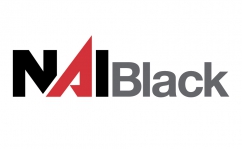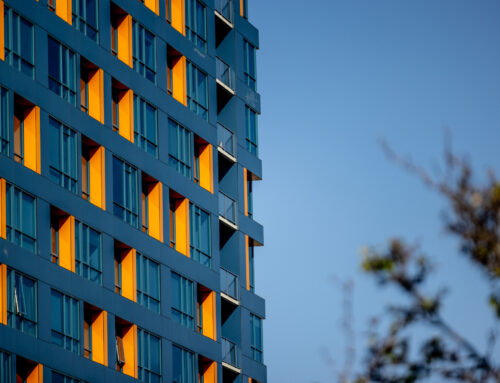For the first time since 2014, the threshold on what constitutes a “large loan” according to the Federal Housing Administration (FHA) has been raised, from USD75 million to USD120 million, making it easier to secure finance for multifamily projects.
The higher threshold means that only loans above the new USD120 million threshold will be subject to the heightened underwriting standards required for large loans. This includes stricter requirements for return metrics like debt service coverage ratio and loan-to-value (LTV).
FHA-insured loans 101
The FHA, which forms part of the Department of Housing and Urban Development (HUD), is primarily involved in lending for single-family and smaller multifamily (up to four units) properties. They do, however, also insure commercial loans for larger multifamily deals, including the development of market-rate or low-income properties.
Worth noting is that FHA insures these loans, but doesn’t directly finance them, so the new “large loan” threshold simply allows lenders to provide finance up to the limit while still being backed by FHA insurance.
Supply concerns
Part of the reason for the new threshold is to make it easier for developers to meet the increasing need for rental housing across the US, especially within more affordable brackets.
Quoted in GlobeSt, HUD’s Assistant Secretary for Housing and Federal Housing Commissioner, Julia Gordon, notes: “We know that borrowers are contending with the dual challenges of increased development costs and meeting the nation’s dire need for more rental housing. Anything we can do to prudently alleviate extra steps in obtaining FHA insurance will help all of us meet the housing supply challenges before us.”
President and CEO of the Mortgage Bankers Association, Bob Broeksmit, adds: “HUD’s increase to the large loan limit threshold – the first adjustment since 2014 – will help facilitate the production of more market and affordable rental housing units at a time when supply is desperately needed in markets across the country.”
Importantly, the FHA has also indicated that it will review the new limit on an annual basis, with the potential to increase it in increments of up to USD5 million.
Green HUD
The new large loan threshold isn’t the only positive news to come out of the HUD in recent months. Earlier this year, HUD also announced new measures aimed at retrofitting multifamily buildings to improve their energy efficiency and climate resilience.
The department will offer USD4.8 billion in direct loans through their Green and Resilient Retrofit Program (GRRP), with a focus on improving low-income housing properties.
Julia Gordon notes: “Implementing the GRRP will provide much-needed funding to reduce water and utility costs and keep the homes of the nation’s low-income individuals and families safe in the face of climate change.”
Moving ahead on multifamily
Taken together, these announcements are good news at a time when multifamily development activity in the affordable housing sector has undergone a “massive drop” according to HUD’s data from the first quarter.
As MBA’s Bob Broeksmit sums up: “The increase to the threshold – along with a new method to review it on an annual basis – will help to ensure that HUD multifamily financing is a viable option at all times during the lending cycle.”






